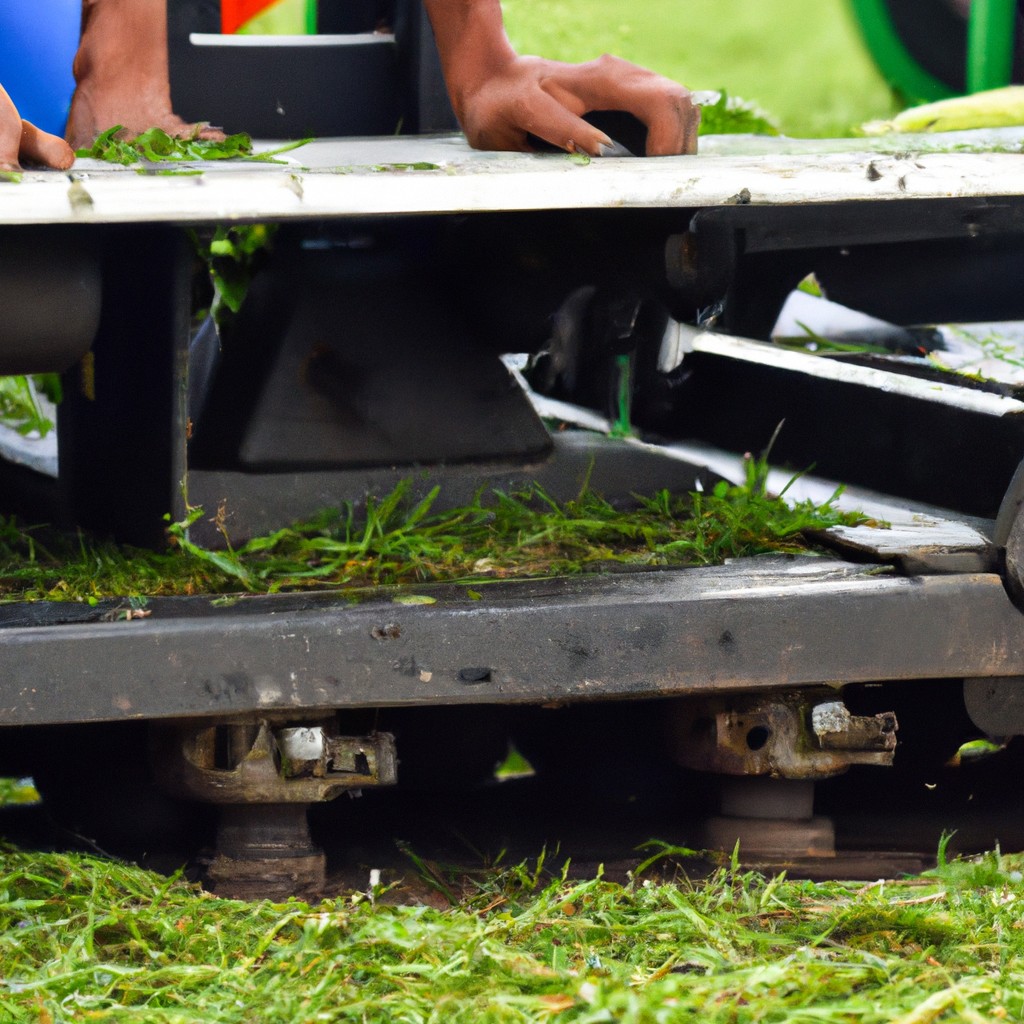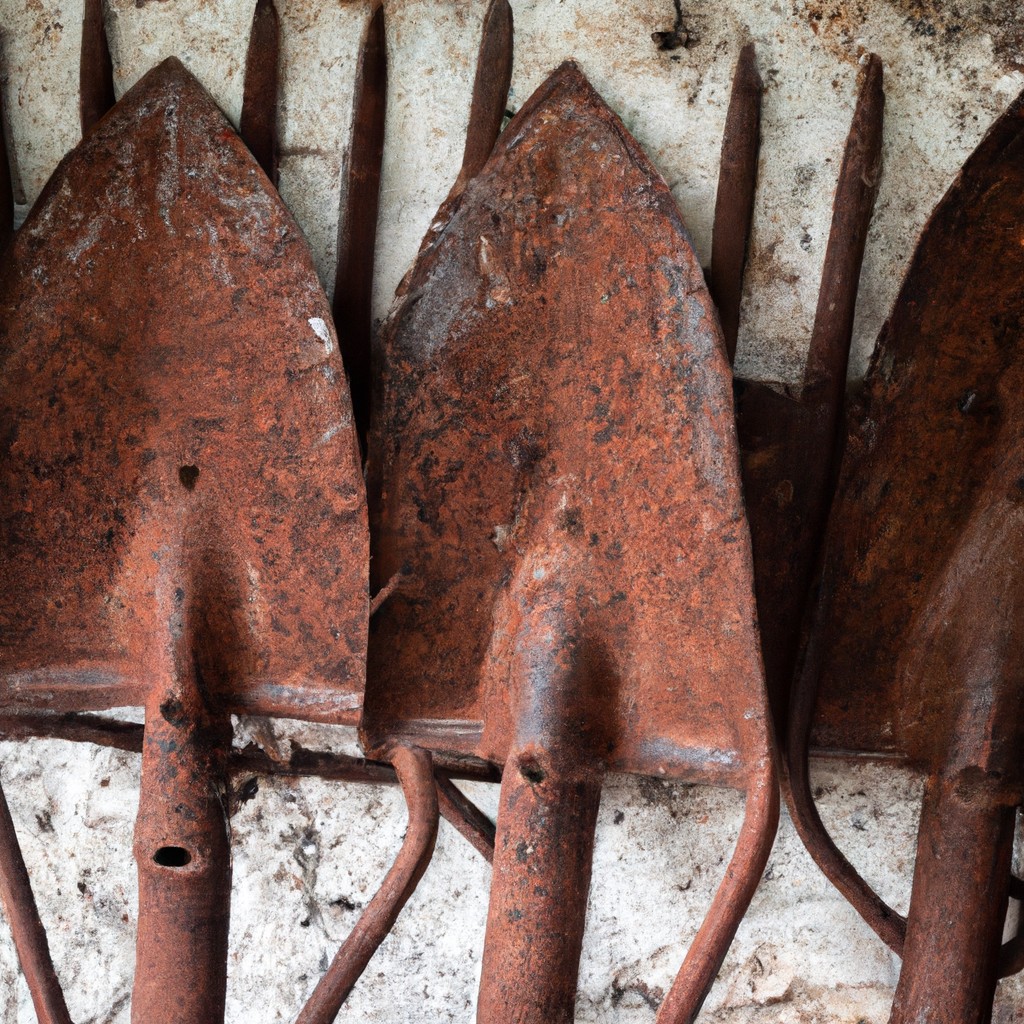Discover how agriculture mechanics keep the gears of modern farming churning efficiently with less sputtering and more plowing.
Look Inside:
Researching and Understanding Various Equipment Operations

First, crack open that mysterious tome called the equipment manual. It’s not just a doorstop, promise! Those crisp, untouched pages are packed with wisdom. When unsure whether a tractor needs diesel or dreams, the manual will set you straight.
Dive into tutorials and videos. Imagine binge-watching series about sprockets and gears! Enthusiastic experts worldwide are willing to share secrets on the right way to operate hefty machinery. They’re like farm equipment whisperers with WiFi.
Get cozy with industry seminars or workshops. They’re like speed-dating events for agricultural machines. You learn the specs and quirks of different equipment models in record time. Plus, there’s often coffee and pastries.
Lastly, join online forums with enthusiasts who treat tractors like fine wine. These places are brimming with advice, debates about engine oil, and the latest gossip about combine harvesters. Who knew farm machinery had a social life?
Performing Essential Maintenance Steps
Before you start swinging that wrench like a medieval knight, there are some basics to nail down. First, oil changes. They’re the kale smoothies of machinery; regular ones keep everything running smoothly. Check that dipstick more often than you check your phone.
Next, the air filters. They’re like nostrils for your tractor, and nobody wants a sneezing tractor. Swap them out regularly to prevent coughing plows and wheezing harvesters.
Don’t forget to tighten those bolts. Imagine if your tractor had a few screws loose—literally. Double-check everything is snug but don’t Hulk-smash them.
Tires are the shoes of the farming world. Make sure they’re neither flatter than a pancake nor balding. Proper inflation keeps the show on the road with fewer tantrums.
Finally, learn to listen. No, not to whale music, but to your machinery. Weird clinks and clangs are its cries for help. Turn down the radio and pay attention. It might just save the day without sending smoke signals.
Repairing Malfunctioning Farm Equipment
When that tractor starts making noises like a cat coughing up a hairball, it’s time to jump into action. First, engage your detective skills. Listening to those squeaks and rattles like you’re Sherlock Holmes on a mission is key. Identify the root issue: Is the engine throwing a tantrum, or is the hydraulic system crying for help?
Next, gather your trusty toolkit and channel your inner MacGyver. Remember, not every problem requires a full-blown overhaul. Sometimes, it’s just about tightening a bolt or replacing a busted belt. Keep an eye out for worn-out parts—they’re like the farm equipment’s grumpy old uncles, ready to retire.
Always have a stash of spare parts ready. A good mechanic is part technician, part squirrel. Being prepared means less downtime and more uptime. And remember, manuals aren’t just for collecting dust. They hold secrets that even seasoned mechanics might miss.
Lastly, don’t be afraid to call in a professional for the tricky stuff. Even the best need backup sometimes. Besides, having a pro step in gives you a chance to sip on lemonade and pretend you’re the farm’s supervisor, clipboard and all.
Upgrading Outdated Equipment
Picture a vintage tractor, loyal and trusty, but a bit like a farmer trying to use a smartphone with a rotary dial. Upgrading that old equipment isn’t just a luxury; it’s practically a necessity.
First, let’s talk technology. Swapping clunky components for sleek, modern models can supercharge efficiency. Think GPS guidance systems that turn guesswork into precision plowing.
Then there’s energy efficiency. New motors or fuel systems can turn a guzzler into a sipper, saving both dollars and the planet. Who says tractors can’t be green?
Safety is another reason not to stay stuck in the past. Upgrades can transform equipment into the Incredible Hulk, able to withstand tougher tasks without breaking a sweat—or a bolt.
Lastly, don’t forget about user comfort. Remember, farmers spend long hours on these machines. New seats, controls, or even Bluetooth speakers can make all the difference between a bumpy ride and a smooth experience. Just remember: keep the opera for the cows.
Providing Reports or Logs for Each Repair or Maintenance Job
Keeping accurate records of each repair or maintenance task isn’t just bureaucracy—it’s a farm saving grace.
First off, it allows farmers to track equipment performance issues over time. If a tractor coughed like an irritated cat last harvest and did an encore this season, these logs will provide a déjà vu detector.
Second, detailed logs can simplify future repair jobs. Imagine trying to cook without a recipe—you’d end up with scrambled cookies. Technicians love a good repair backstory to fix things faster.
Third, warranty claims and insurance processes often require documentation. Because, let’s face it, who believes “the harvester just stopped working” with zero evidence?
Lastly, logs help strategize budget allocations for future purchases and repairs. Knowing what problems tend to arise, funding can be prioritized; think of it as forecasting with less ominous clouds and more sunshine.




